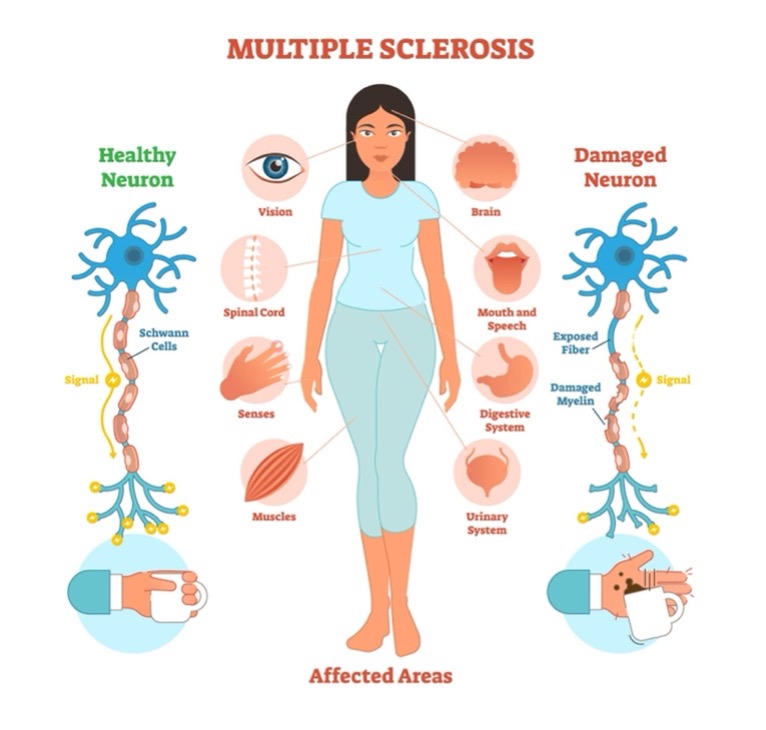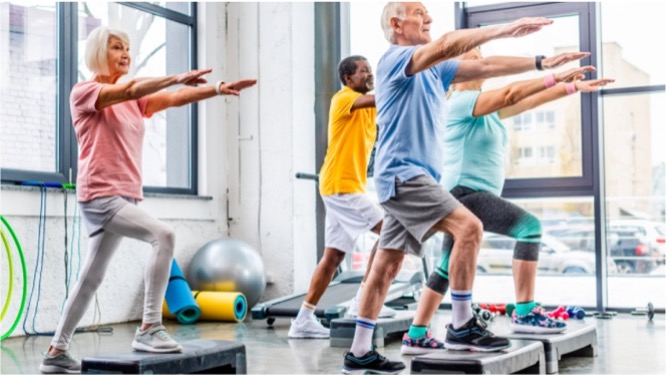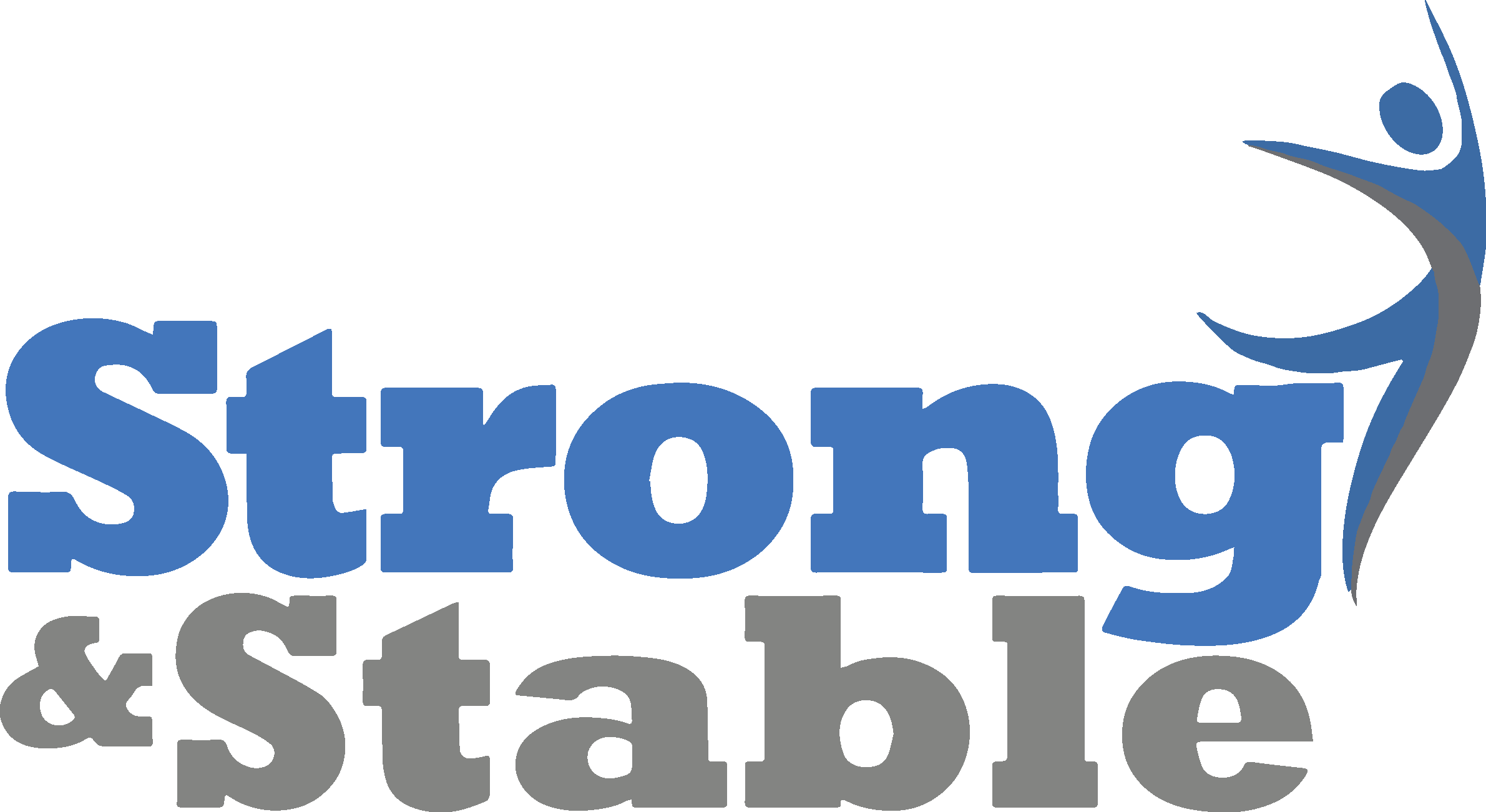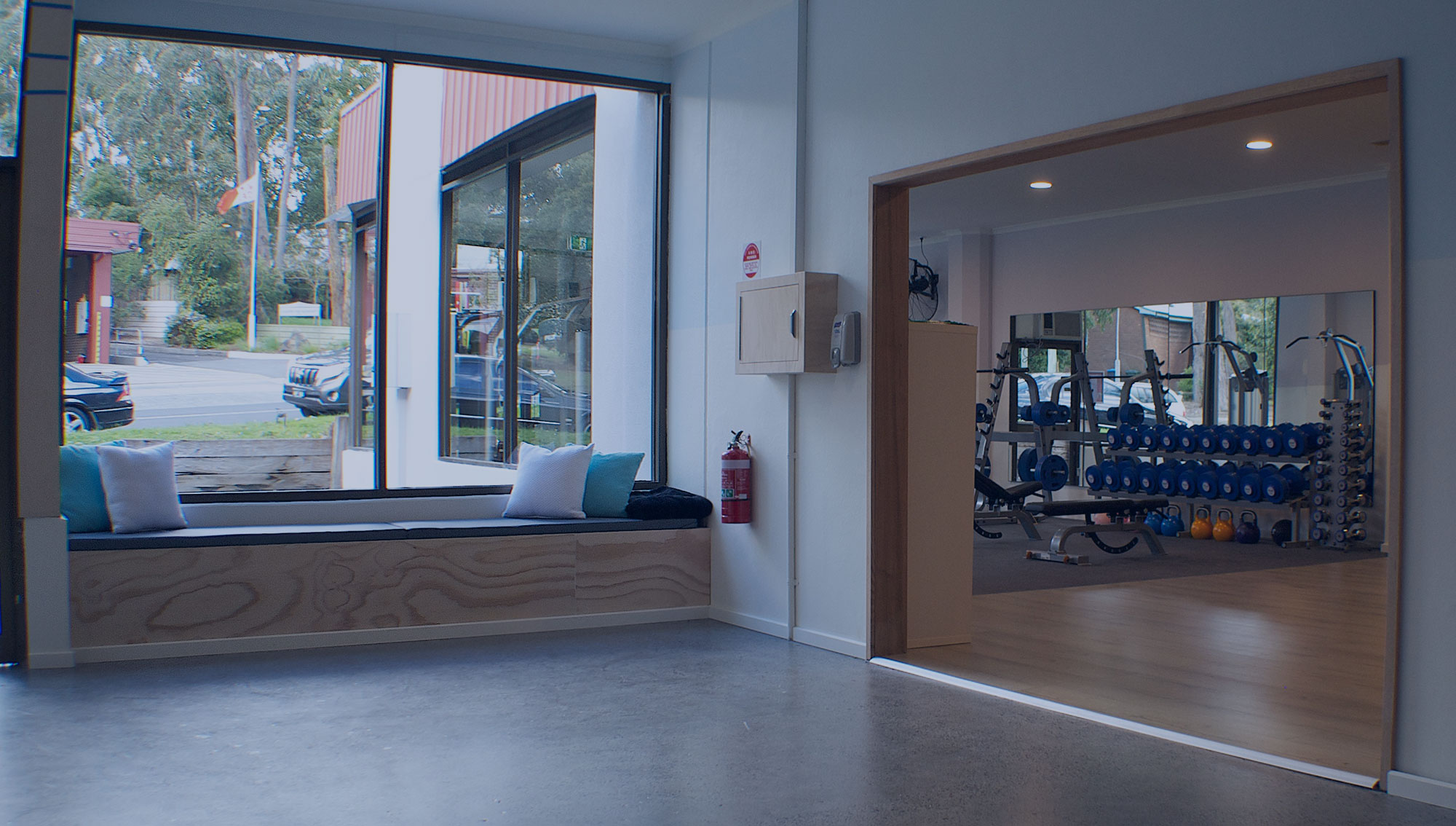27 Apr Exercise and Multiple Sclerosis
Written by Kelsie Vickery, Accredited Exercise Physiologist
Multiple Sclerosis (MS) is an autoimmune disease, characterised by demyelination (plaque development) throughout areas of the brain and spinal cord. This slows or interrupts the transmission of nerve impulses in the central nervous system, which can lead to a variety of symptoms, depending on the location of demyelination.
Common symptoms of MS include:
- Extreme fatigue
- Heat sensitivity
- Muscle weakness
- Tremors
- Loss of balance
- Walking impairments
- Cognitive concerns
- Depression and anxiety
(Shutterstock)
These symptoms can have a significant impact on people’s lives, often resulting in reduced ability to complete activities of daily living, decreased participation in the community and decreased levels of physical activity (which increases the risk of a variety of other chronic health conditions). However, regular physical activity has a wide variety of benefits for individuals with MS, such as:
- Increases muscle strength and endurance, which will improve ability to complete daily activities/tasks
- Increases cardiorespiratory fitness and heart health
- Decreases risk of cardiovascular diseases
- Decreases fatigue
- Decreases pain
- Improves mood
- Improves mobility/gait
- Improves balance and decreases risk of falls
- Improves cognition
- Improves quality of life


(Shutterstock) (Exercise Right)
What exercise is best?
Both aerobic and strength exercise is safe and recommended for individuals with MS. The recommended guidelines for individuals with mild to moderate MS include:
- 30 minutes of moderate intensity aerobic exercise on 2-3 days per week. Aerobic exercise is exercise that focuses on increasing heart rate and breathing. This includes walking, running, cycling, swimming, rowing and elliptical.
- Strength training of major muscle groups on 2-3 days per week. Strength training is exercise that uses resistance (e.g. weights and bands) to increase the demand on muscles.
For individuals who are new to exercise, or who have had a significant break from exercise, it is important to start slowly. Even 10 minutes of walking or small amounts of exercise broken up throughout the day is beneficial. The best type of exercise is the type that you enjoy and that is completing regularly.

(Charles Stuart University News)
Strategies to Common Barriers to Exercise
Fatigue
-
- Consider the time of day that you exercise. Some people find they have more energy at particular times in the day, so utilise this time to get some exercise in.
- Pay attention to how you feel each day – on days where you have had poor sleep, or are sick, reduce exercise intensity. Focusing on low level walking, stretching and balance exercise are best on these days.
Heat sensitivity
-
- Wear light clothing
- Exercise indoors or in the shade on hot days if possible
- Stay hydrated by drinking plenty of water during sessions
An Accredited Exercise Physiologist can help develop an exercise program that is safe and specific to your goals and individual needs, and can help work through some of the barriers to physical activity.


Sorry, the comment form is closed at this time.